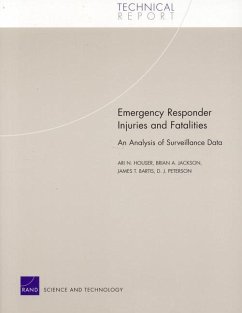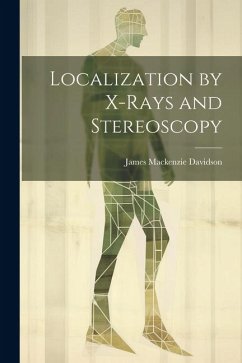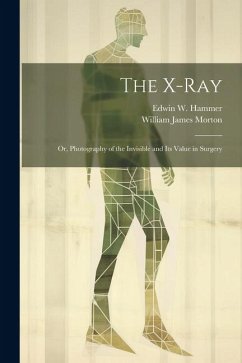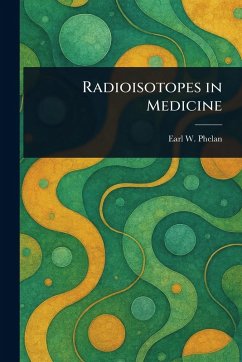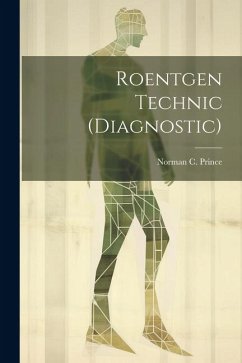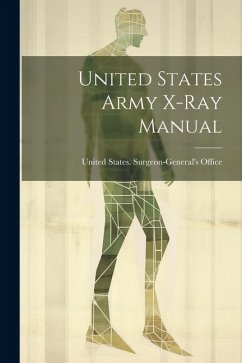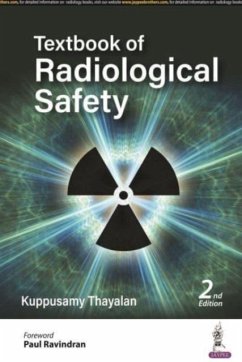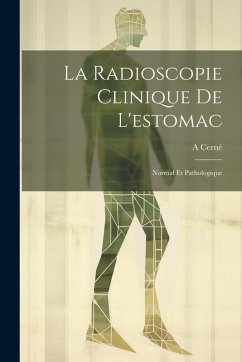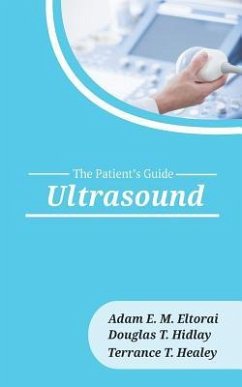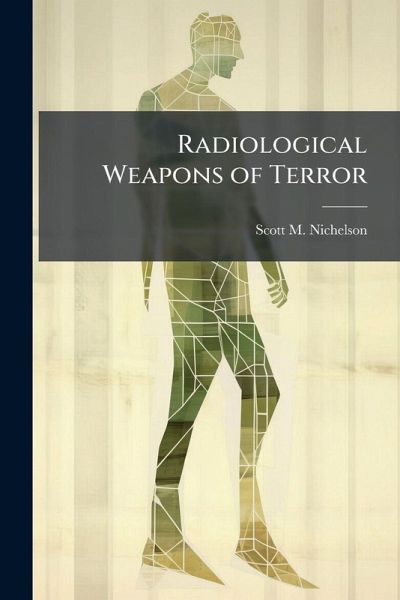
Radiological Weapons of Terror
Versandkostenfrei!
Versandfertig in über 4 Wochen
16,99 €
inkl. MwSt.
Weitere Ausgaben:

PAYBACK Punkte
8 °P sammeln!
Recent Presidential speeches have highlighted the threat posed by chemical and biological terrorism. But what about the first leg of the Nuclear, Biological and Chemical (NBC) triad? This paper examines the potential threat to US interests from radiological weapons of terror, including both nuclear weapons, and radiological dispersion devices (RDDs), devices that intentionally use radiation to harm. There are four main factors that increase the risk of nuclear and radiological terrorism to US vital interests: first, technical knowledge is more readily available due to the Internet. Second, the...
Recent Presidential speeches have highlighted the threat posed by chemical and biological terrorism. But what about the first leg of the Nuclear, Biological and Chemical (NBC) triad? This paper examines the potential threat to US interests from radiological weapons of terror, including both nuclear weapons, and radiological dispersion devices (RDDs), devices that intentionally use radiation to harm. There are four main factors that increase the risk of nuclear and radiological terrorism to US vital interests: first, technical knowledge is more readily available due to the Internet. Second, there has been a marked increase in source availability with the economic collapse of Russia. Third, security procedures are extremely lax, employing demoralized workers and utilizing grossly inadequate procedures. Finally, despite a decrease in the overall number of terrorist incidents, these attacks are becoming more lethal. These four factors taken together strongly suggest that it is only a matter of time before a nuclear or a radiological terrorist attack is levied against a vital US interest.But what if an attack occurs? This work has been selected by scholars as being culturally important, and is part of the knowledge base of civilization as we know it. This work was reproduced from the original artifact, and remains as true to the original work as possible. Therefore, you will see the original copyright references, library stamps (as most of these works have been housed in our most important libraries around the world), and other notations in the work. This work is in the public domain in the United States of America, and possibly other nations. Within the United States, you may freely copy and distribute this work, as no entity (individual or corporate) has a copyright on the body of the work. As a reproduction of a historical artifact, this work may contain missing or blurred pages, poor pictures, errant marks, etc. Scholars believe, and we concur, that this work is important enough to be preserved, reproduced, and made generally available to the public. We appreciate your support of the preservation process, and thank you for being an important part of keeping this knowledge alive and relevant.



